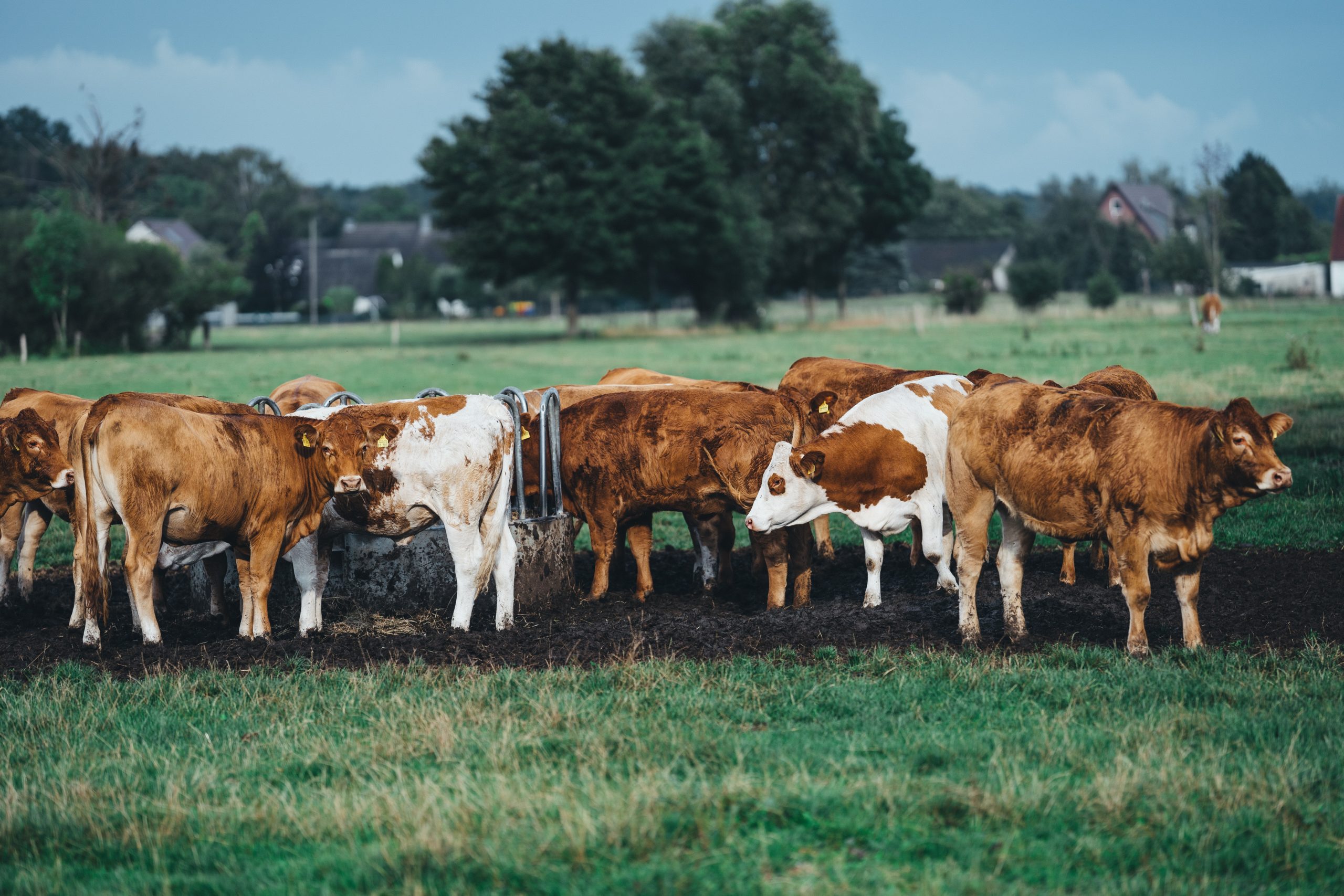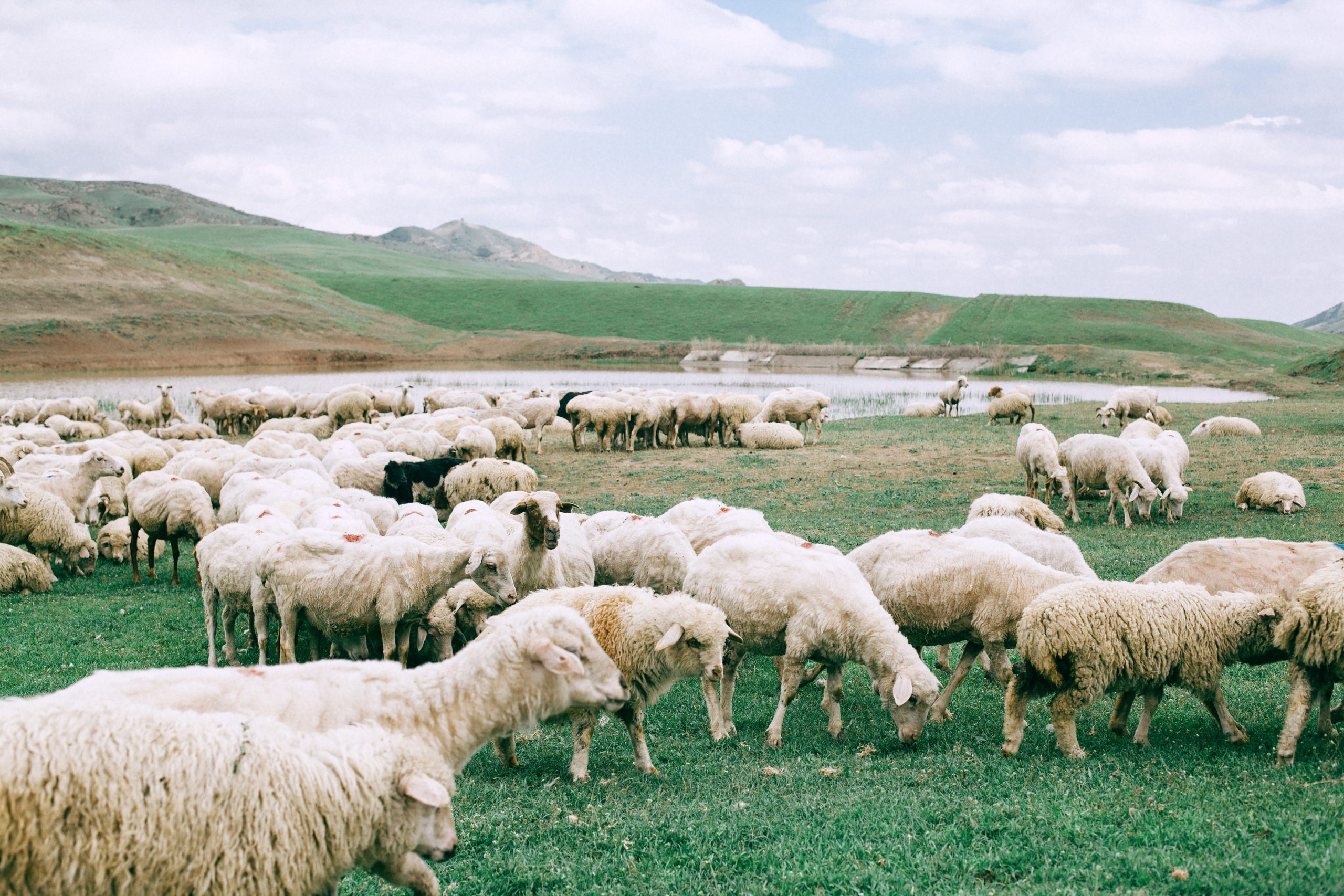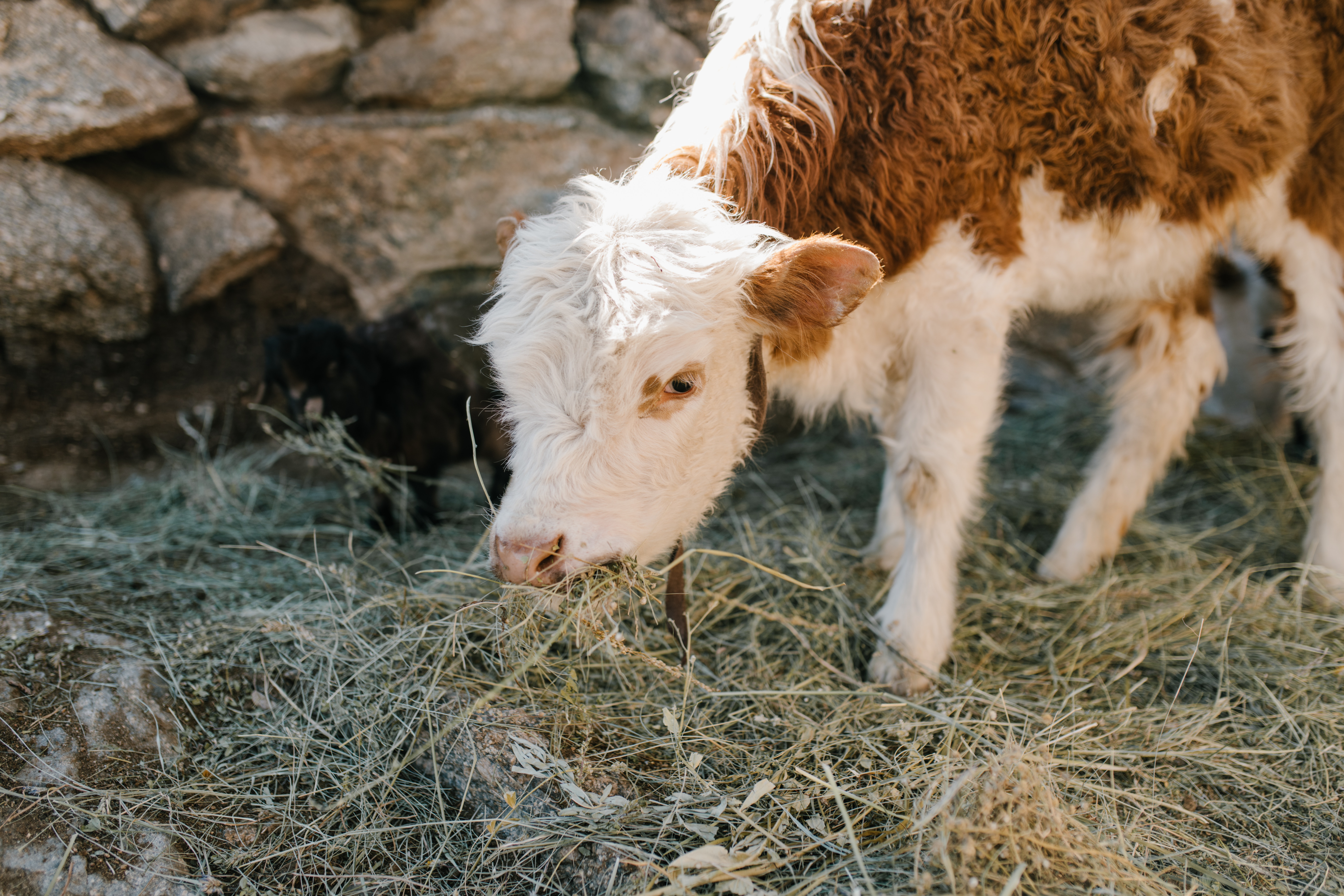While Dry Cow Treatment has been discussed and used for many years, it is still a critical part of most mastitis control programs.
The two main purposes of Dry Cow Treatment are:
- To cure mastitis infections that are present at the time of drying off
- To prevent new infections from occurring during the dry period
Unfortunately, not all infections present at drying off are cured by an effective Dry Cow Treatment. Cows which are less likely to respond to Dry Cow Treatment include:
- Cows in which infection has been present for a long time are likely to have scar tissue present in the infected quarter, which interferes with the ability of the treatment to cure the infection. If individual cow cell counts are available, cows that had a high cell count last season, were treated with an effective Dry Cow Treatment at drying off and continue to have high cell counts in the following season are likely to be chronically infected. There is plenty of evidence available to show that the cure rates in these cows are much lower than treatment of more recently acquired infections.
- Cows which are infected with Staph aureus are less likely to respond to Dry Cow Treatment than cows infected with Strep infection
- Older cows generally have lower cure rates than younger cows.
- Cows which have had three or more cases of clinical mastitis during the season are likely to have chronic damage to the quarter and are less likely to respond to Dry Cow Treatment.
All of this indicates that it is possible to select cows which are less likely to respond to Dry Cow Treatment. Consideration should be given to culling these cows – they are likely to contribute to high cell counts next season and can remain as a chronic source of infection for younger animals in the herd.
Culling can play an important role in mastitis control programs, but it must be recognised that is a relatively expensive option and effective treatment, or even better preventing infections from occurring, is obviously preferable.
For those cows that are to be retained in the herd next year, consideration needs to be given as to which cows to treat, and what Dry Cow Treatment should be used.
There are 3 basic drying-off treatment strategies which can be considered:
- Treat the whole herd with antibiotic Dry Cow Treatment (Blanket strategy)
- Treat only infected cows with antibiotic Dry Cow Treatment (Selective strategy)
- Treat infected cows with antibiotic Dry Cow Treatment, and uninfected cows with teat sealant
Blanket Dry Cow Treatment
Blanket Dry Cow Treatment is most appropriate when individual cow cell counts (or another appropriate method of detecting subclinical mastitis) are not available or when more than 30% of the herd is classified as infected or when a highly infectious bacteria such as Strep agalactiae has been diagnosed in the herd.
Selective Dry Cow Treatment
Selective Dry Cow Treatment may be appropriate for those herds where individual cow cell counts are available. Any cow which has one or more cell counts above 250,000 cells per ml is considered as infected. Selective Dry Cow Treatment can be used where the cow infection rate is relatively low – less than 30% and where infections such as Strep agalactiae are not recognised as occurring in the herd.
Combination Dry Cow Treatment/Teat Sealant
The combination of antibiotic Dry Cow Treatment and Teat Sealant may be appropriate when the percentage of infected cows in the herd is fairly low, but where Strep. uberis has been recognised as causing a problem around the time of calving.
We are still analysing the results of a trial we undertook using Teatseal last year, but a number of farmers have commented positively on the use of this product.
Selection of Dry Cow Treatment
The number of Dry Cow Treatment products with different active ingredients on the Australian market is very limited. Products are available which contain as their active ingredient:
- Cloxacillin – either 500 or 600 mg Cephalonium – 250 mg Ampicillin – 250 mg
- Orbenin Enduro contains 600 mg of cloxacillin processed in a way which creates uniformly small particles of cloxacillin – it is claimed that this results in better udder penetration and effective antibiotic levels throughout the dry period. It maintains effective antibiotic levels in the udder for a period of approximately seven weeks. Orbenin Enduro should not be used within 35 days of calving. Generic cloxacillin preparations containing 600 mg of cloxacillin include Elaclox DCX, Bovaclox DC LA, Dryclox DCX, and Juraclox L.A. These generic versions are somewhat less expensive than Orbenin Enduro which is the ‘gold standard’ against which the generics are compared.
- Cepravin Dry Cow contains 250 mg of Cephalonium – a broad spectrum antibiotic which has activity against the majority of organisms causing bovine mastitis. Cepravin will maintain effective antibiotic levels in the udder for up to 10 weeks. It should not be used within 49 days of calving.
I do not know of any definitive study which can demonstrate that there is clearly a cure rate advantage of using one product (Orbenin Enduro compared with Cepravin Dry Cow) over the other. They are both likely to give similar protection against new infections over the dry period.
The development of an appropriate Dry Cow Treatment strategy for your farm is a very important issue which can have made large impacts on the profitability of your business next season. Please contact your veterinarian to discuss the most appropriate strategy for your farm.



